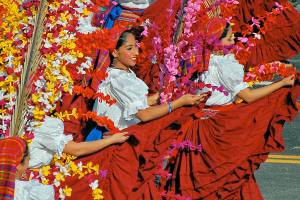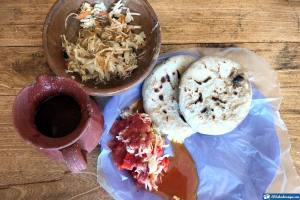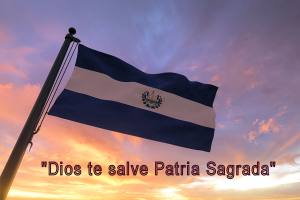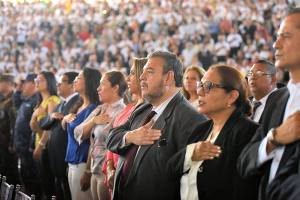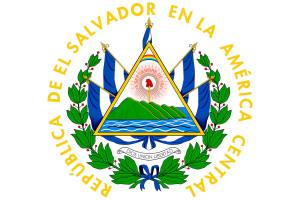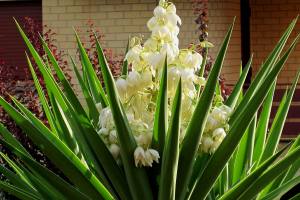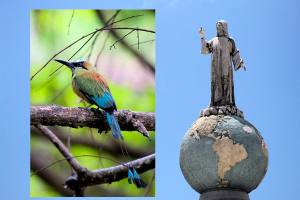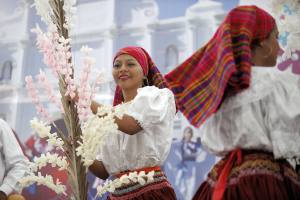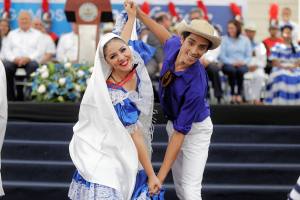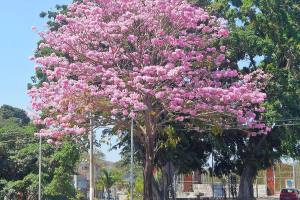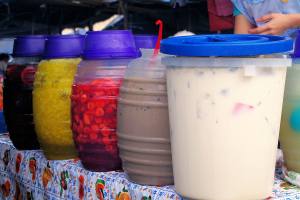El Salvador’s rich history dates back hundreds of years. An origin that dates back, for the most part, to the Classic period of pre-Columbian times. Its inhabitants were indigenous peoples who grew and developed in different areas.
They left their traditions and customs in citadels, temples, settlements, and crop fields. At the same time, they worshipped the Ancient Gods, who provided them with what they needed.

Indigenous Peoples of El Salvador. Photo by Presidency of El Salvador. Flickr.
In short, people who, in addition to living to the fullest, kept their legacy alive so that new generations could enjoy it. Come and discover with us the origin of El Salvador.
Indigenous Peoples of El Salvador
Do you know where the identity of a nation lies? For many in its customs, for others in the national symbols. The truth is that everything is related to its roots. And it is precisely these roots that we want to share with you.
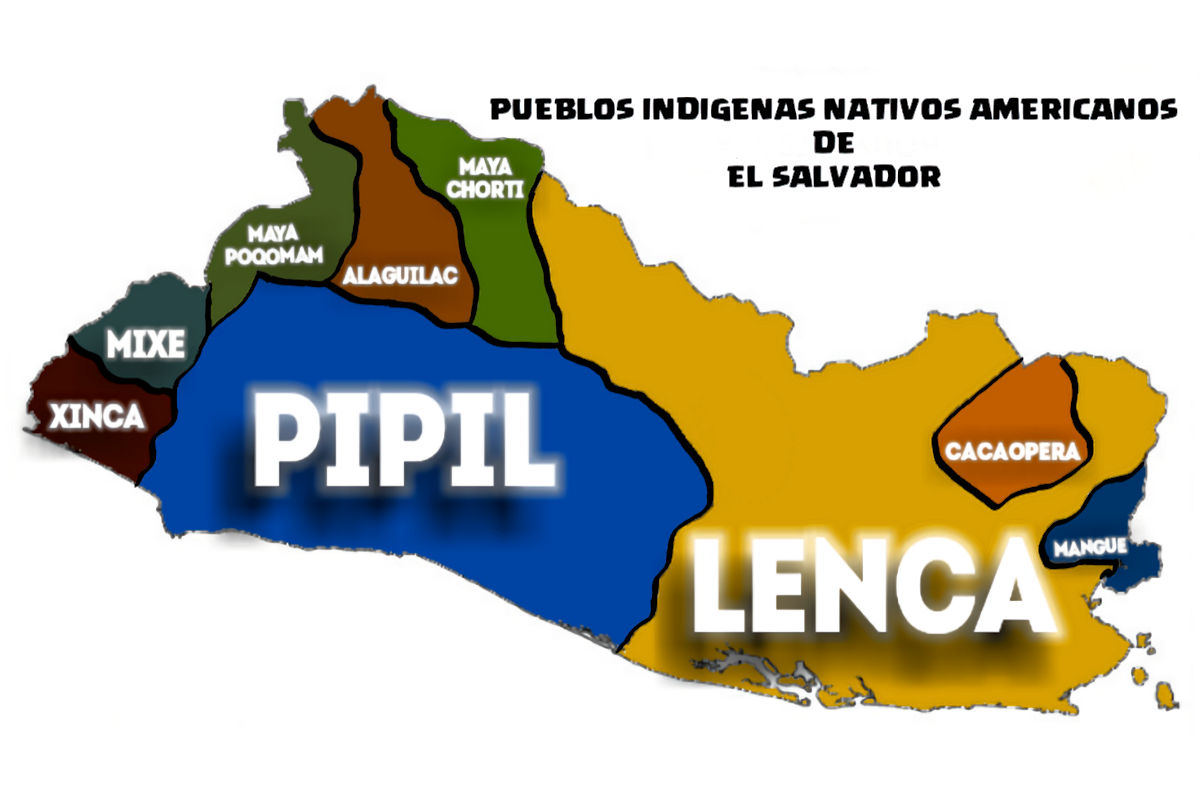
Without further ado, here are the indigenous peoples of El Salvador. Communities in which the essence of a country that advances and grows with its legacy is marked. Let’s begin.
1. Cacaopera
We begin with Cacaopera. Among the indigenous peoples that inhabited the region, it was characterized by having its native language, which today is extinct. It belongs to the Misumalpa language family and has been compared to Matagalpa because of its remarkable similarities.
Between the V and VII centuries A.D., they arrived in Salvadoran lands, building their settlements in areas that today belong to the departments of La Unión, Morazán, San Miguel, and Usulután.
With the Spaniard’s arrival, the extinction of their native language began in 1974, when the last Cuspeño who mastered the dialect died. On the other hand, we can know their lifestyle and customs through their archaeological sites.
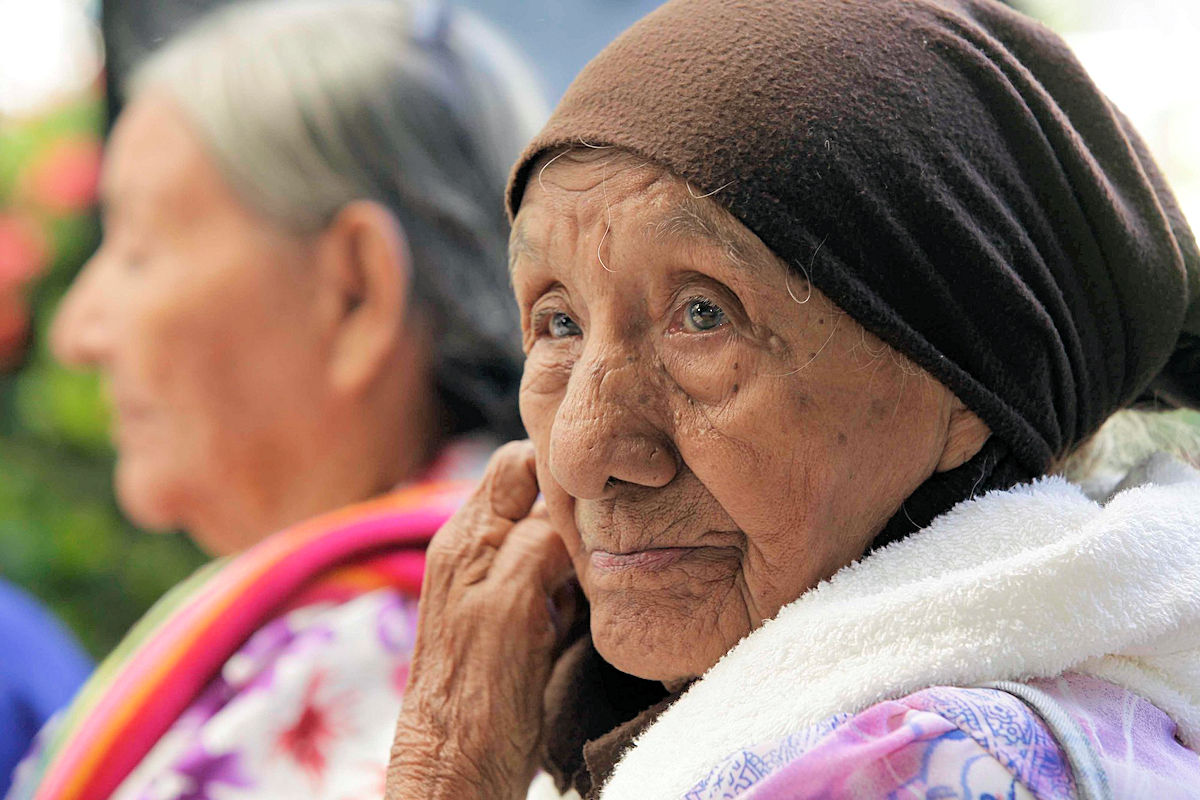
Such as the ceremonial centers of Siriwal, Yarrawalaje, and the cave of Unamá. The site of Xalapa stands out as the main settlement of the people.
2. Lenca
The Lenca people are considered one of the most influential civilizations in El Salvador. Their language belongs to the group of Lenca languages, whose union with others has not been proven. In any case, some theories say that they are similar to the Xinca, Misumalpas, and Chibcha languages.
The result of this possible kinship is the birth of the Lenca Poton language, unique in the country. On the other hand, according to the findings made in some Lenca settlements, it was a people developed in the pre-classic period.
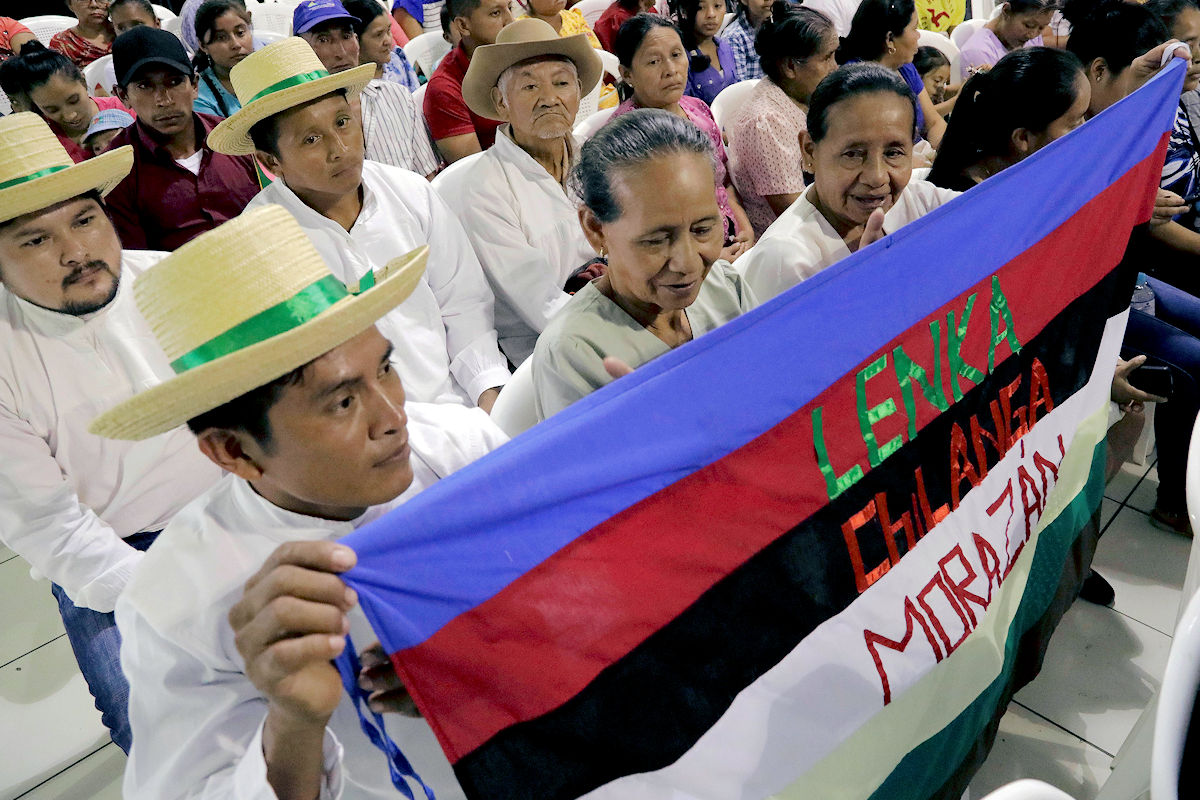
It means that between 2,500 B.C. and 200 A.D., they had already established themselves as an empire. It was divided into lordships that responded to the mandates of a paramount lord. This distribution consisted of a village for the nobles, another for the commoners, and finally, the enslaved people.
Today, the archaeological site of Quelepa in the department of San Miguel is considered the main Lenca settlement. It is the perfect destination to learn about the indigenous people and their way of life.
3. Pipil
The Pipil people arrived in El Salvador in the middle of the 10th century, following a massive migration of Nahuatl indigenous peoples from Mexico. Apparently, in the disputes between the lordships after the fall of Teotihuacan, there was no choice but to seek only Central American lands.
It is how the first Pipil indigenous peoples built settlements in Izalco, the Sierra Apaneca, the department of La Paz, and the Costa del Balsamo in El Salvador. We should note that this was a politically and socially organized ethnic group.

The lordship was composed and divided between the nobility, priests, merchants, artisans, and peasants. It is one of the indigenous peoples who still preserve their customs, and you can even find Pipils who speak their native language, Nahuatl.
We can learn about their ancient legacy by visiting the Archaeological Site of Cihuatán in the department of San Salvador.
4. Xinca People
Xinca or Xinka is the name given to the smallest ethnic group among all the indigenous peoples that inhabit El Salvador. These people stand out for their language, which does not belong to any group and is not related to any Mayan or Aztec dialect.
There needs to be more information about the people since their most robust presence is in Guatemala. However, history makes many references to their resistance during the conquest of Pedro de Alvarado.
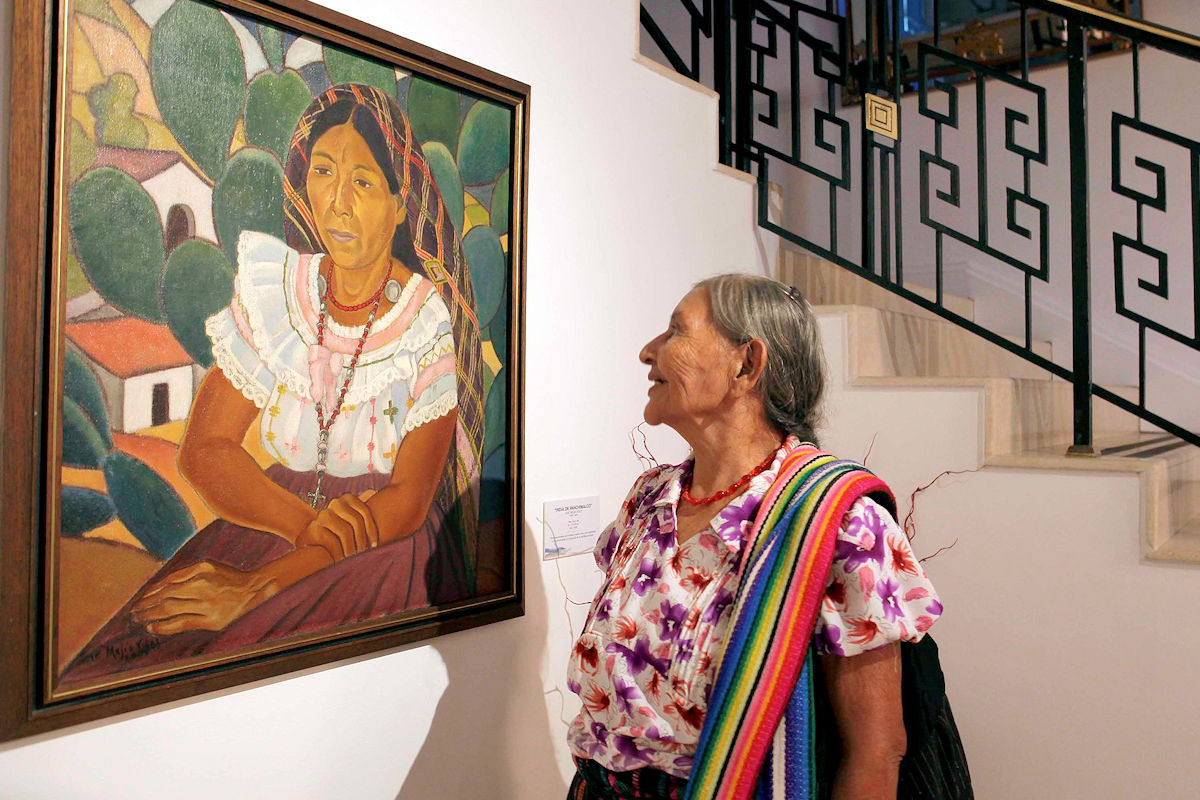
A battle took place in the region that today belongs to the department of Cuscatlán. From there, the Xinca people lost control of their lands and began their displacement to other frontiers. Currently, the Xinca language is spoken by approximately 200 people, all belonging to Guatemala..
5. Chorotegas
Like the previous one, Chorotegas is one of the indigenous peoples with the most diminutive presence and number of inhabitants that populated the Salvadoran lands. They arrived in the country at the end of the VI century, settling in the east. This area currently belongs to the departments of San Miguel, La Unión, and Morazán.
Their language is Chorotega, related to Nahuatl and belonging to the Otomanguean group, spoken mainly by ethnic Mexicans. Unfortunately, the number of people has decreased, causing the loss of their dialect and many of their customs.
6. Chortís Maya
Spread between the municipalities of Tejutla, Citalá, and Nueva Concepción in the department of Chalatenango, we find the Maya Chortís people. Many of their customs are similar to those of the Pipil indigenous peoples. There is even a variation in the ethnic group known as Chortí-Pipil.
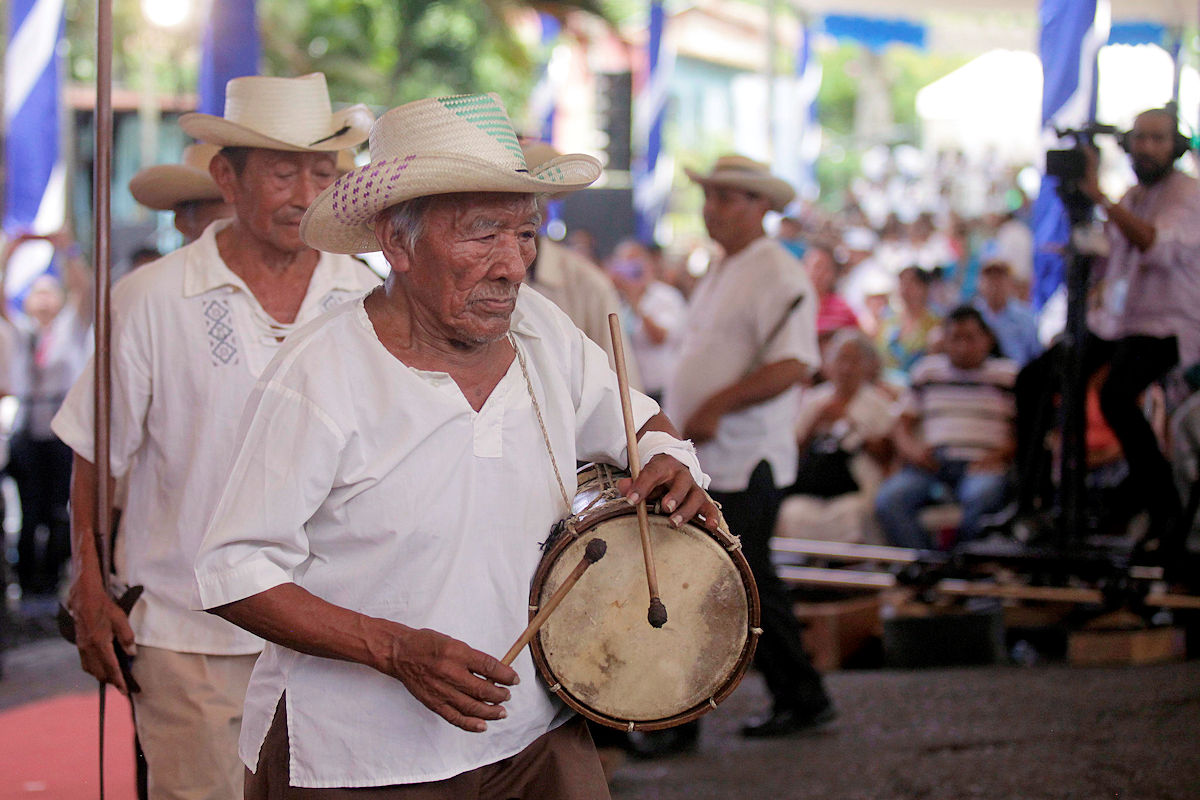
As a curious fact, the Chortí dialect, although known among the members of their ethnic group, is not usually spoken in public. For this reason, it has come to be considered a domestic language. On the other hand, agriculture and fishing have been their livelihood since their origins.
There is no record of large settlements, but they built their homes of wood. There used to be two buildings per family, one as the main dwelling and the other as a granary.
7. Pokomames or Poqomam Mayas
We end with the Poqomam Maya people, whose territory was between Guatemala and El Salvador, in turn, between the domains of the Chortís and Xinca Mayas. Their native language is Poqomam, whose origin is related to Poqomchi.
Before the arrival of the Spaniards, it was an abundant and wealthy people in many aspects. They stood out for building large settlements of cane, adobe, and straw. Over the years and after the invasion of the Pipils, they were forced to abandon their lands.
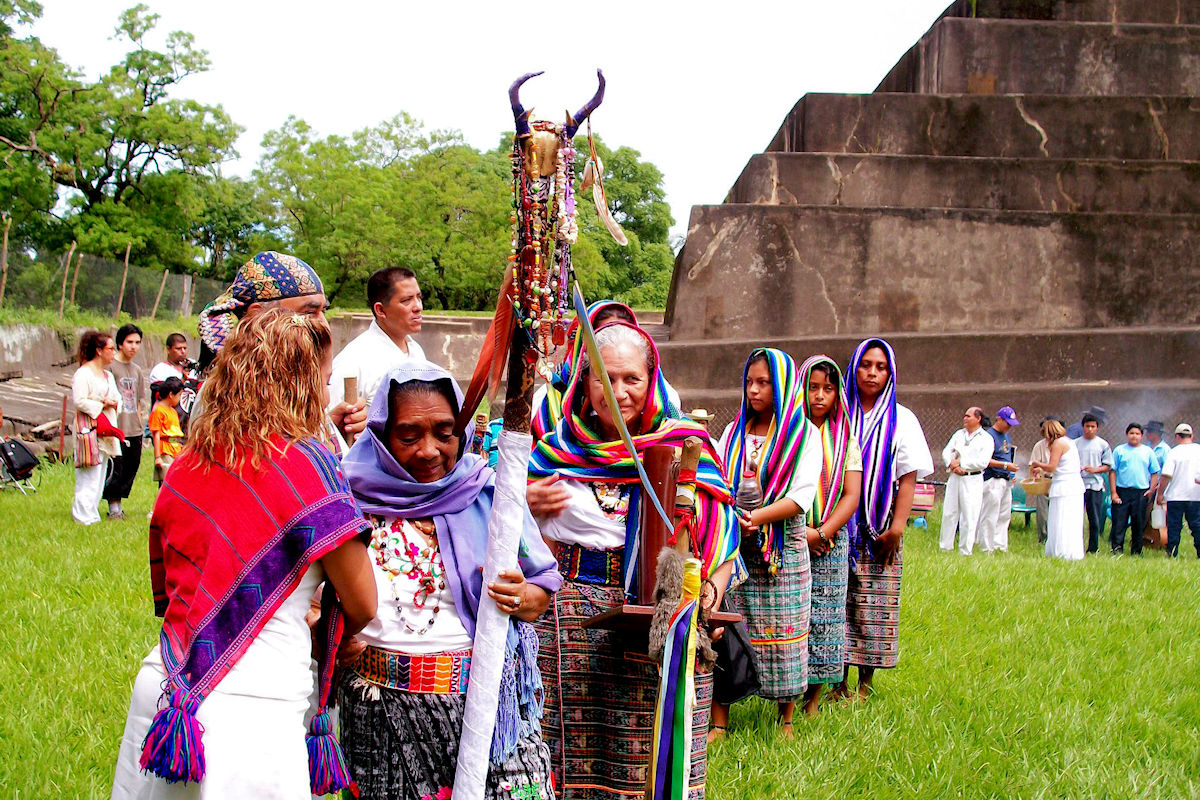
Its economy was based on producing handicrafts, ceramic pieces, clay, and agriculture. Undoubtedly, a people who also struggled to maintain their identity through the years.
Like the rest of the indigenous peoples of El Salvador, their legacy is summarized in traditions and customs but also in development and growth. A principle that is part of all the natural. Millenary and memorable wonders we can enjoy today.
